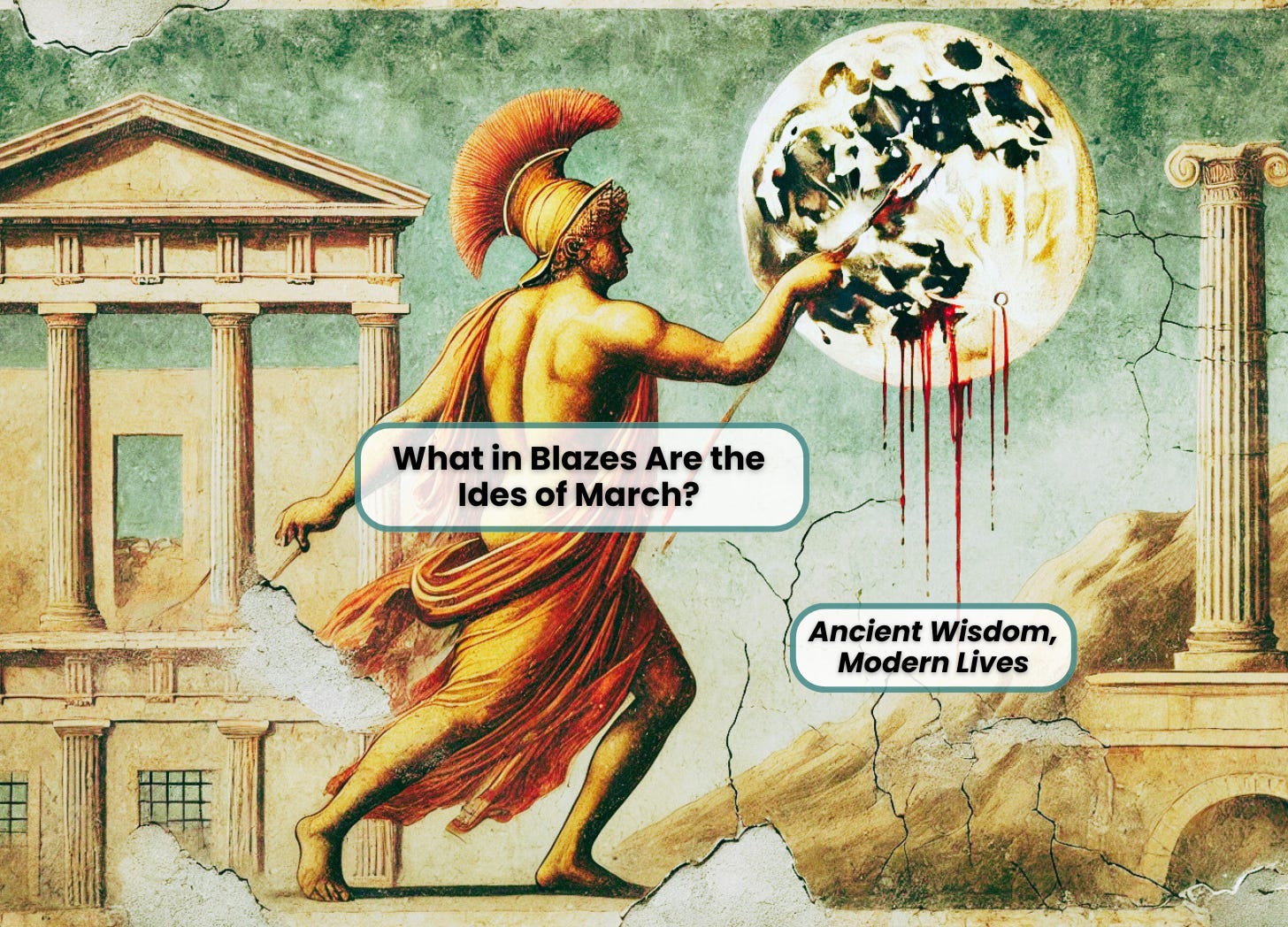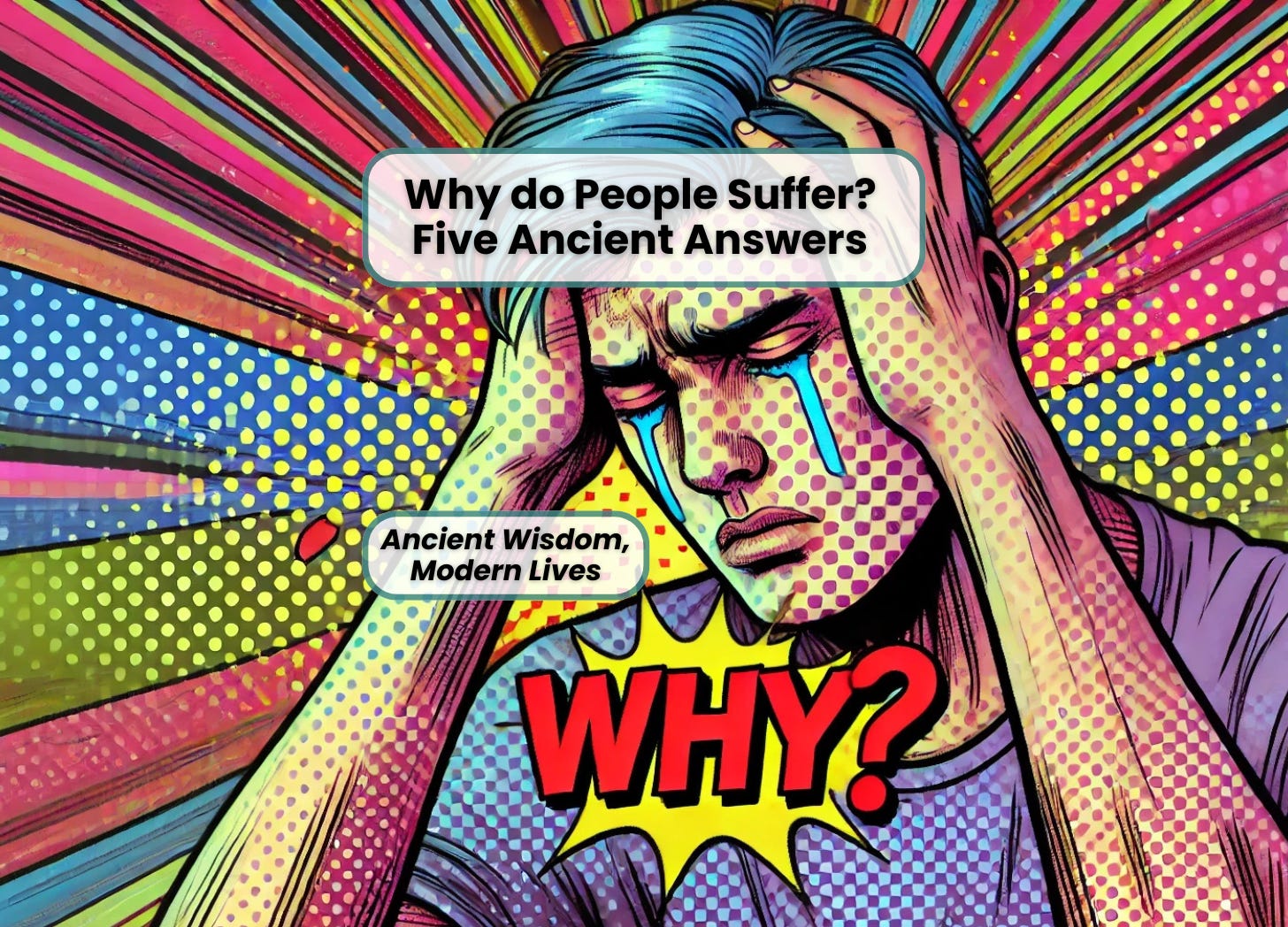On James 2:23-24: Why Faith Without Works is Dead
James 2:23-24 uses the same root twice to highlight the point that Faith requires Works. But that important rhetorical device — duplication of the root — is lost in most translations. For example (NRSV): (23) …”Abraham believed God, and it was reckoned to him as righteousness” [Genesis 15:6] … (24) You see that a person…
Read more





